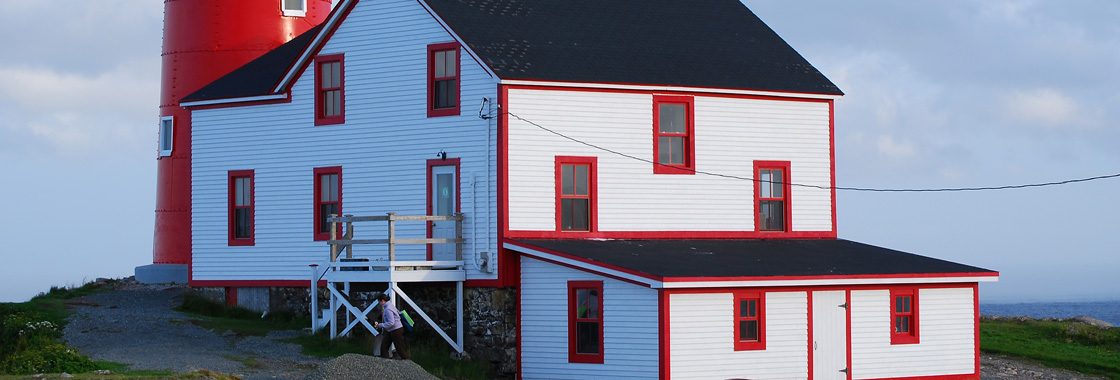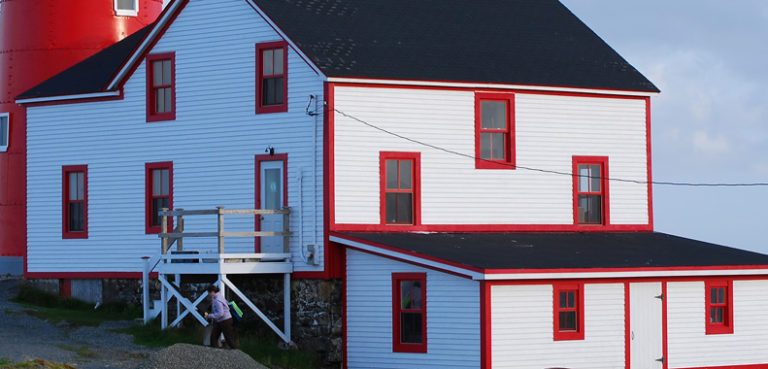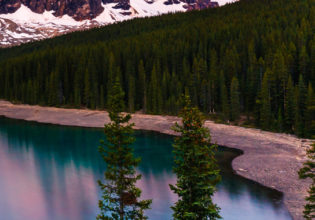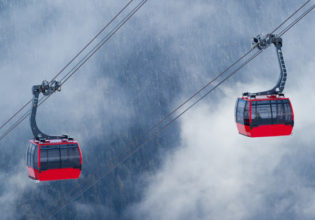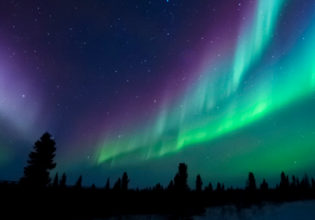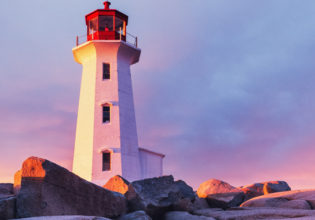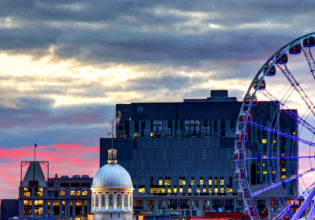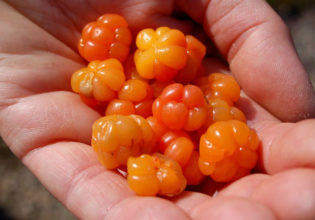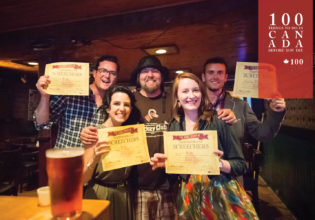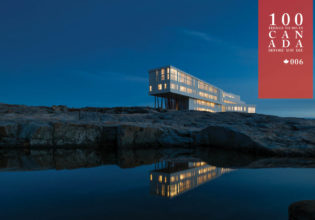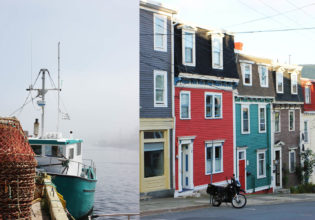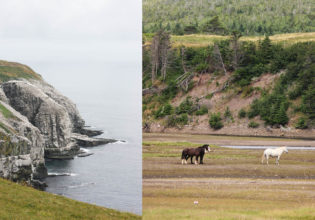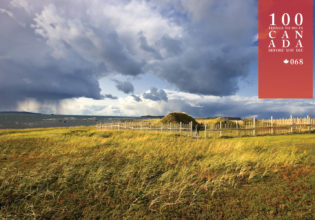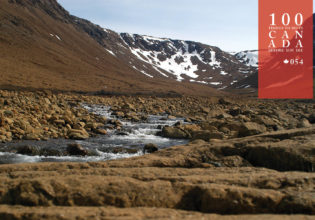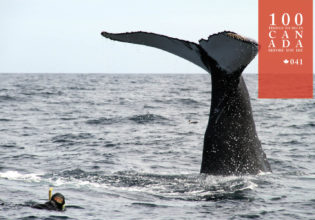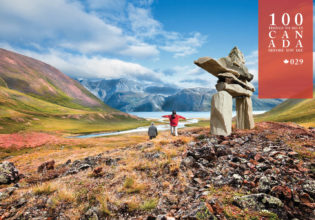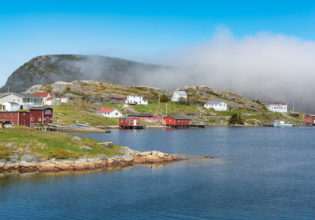St John’s is the beating heart of Newfoundland. A visit to the city reveals that her magnetic, rough-hewn appeal comes from her long history, isolation, and people who are quick to laugh.
The city has endured plenty of booms and busts, the latter most evident in the collapse of the cod fishing industry in the 1990s (due to over-fishing), but she’s never lost her sense of humour nor ability to enjoy herself.
Closer to Dublin than to Vancouver, and with a proud history of Irish Catholic settlers, St John’s, and indeed Newfoundland, almost feels – and certainly sounds with its Irish-accented lilt – like a separate entity to the rest of Canada. In fact, it wasn’t until 1949 that Newfoundland entered confederation. People here are Newfoundlanders, or ‘Newfies’, first, Canadians second. The province flag flies proudly, a subversion of the Irish flag with the orange replaced by pink, and Irish pubs pumping out Irish ballads are more common than convenience stores.
Spend time strolling the streets of downtown St John’s. Wind your way through the colourful jellybean row houses until you reach The Rooms. Dominating the city skyline, the impressive oversized dollhouse serves as an archive, gallery, and museum, and also offers one of the best views of the city. You can lose hours meandering through the individual rooms, so be sure to hit the permanent exhibition on level three, Connections: This Place and its Early Peoples, to learn about The Rock on which you’re standing.
The dining scene in the city is incredibly robust, inventive and fresh. It’s easy to avoid the stodgy mainstays typical of the Atlantic Provinces with plenty of restaurants employing switched-on chefs who respect the simplicity of their local ingredients.
There are some weird and wonderful delicacies to try that are only found in this part of the world. Cod tongues, bakeapples, touton (a deep-fried ball of dough served with molasses) and Iceberg vodka are just some of the things you can sample.
St John’s also offers one of the best live music scenes in the Atlantic Provinces. Concentrated around George Street, which happens to have the most pubs and bars per capita of any street in North America, the scene here is fast-becoming legendary.
But perhaps you’d like to venture out of the capital.
Head to the east coast to watch migrating icebergs from Iceberg Alley.
Occupying Newfoundland’s south-east corner, the Avalon Peninsula is a breathtaking combination of rugged scenery and vast wildlife.
On the southern coast of the eastern passage to Hudson Bay lies the Torngat Mountain range, a group of mountains as beautiful as they are remote.
The entire region teems with activity from the wildlife – including polar bears and caribou – to myriad Inuit settlements.
But few travellers ever make it this far.
Those who do, however, do not regret it, especially those who come to the Torngat Mountain Base Camp and Research Station during summer, when a small community of Inuit elders and youths welcome visitors and researchers to listen to them speak about their communities and the mountains they’ve been traversing for many generations.
In 1968, archaeologists investigating a group of grassy mounds at L’Anse aux Meadows on the northern-most tip of Newfoundland and Labrador uncovered the remains of an ancient Norse settlement.
Today, you can visit this UNESCO World Heritage Site, the buildings restored to the timber-and-sod homes they were more than a millennia ago.
Enter the Viking halls and see how these hardy colonists lived, huddle around a crackling fire to hear Ragnar the blacksmith recount tales of shipbuilding.
Then hike spectacular windswept coastlines once inhabited by First Nations cultures the Vikings called the Skræling.
If you’re up this far north, treat yourself to a stay at the Fogo Island Inn – described as “one of North America’s most remarkable and interesting lodgings”.
